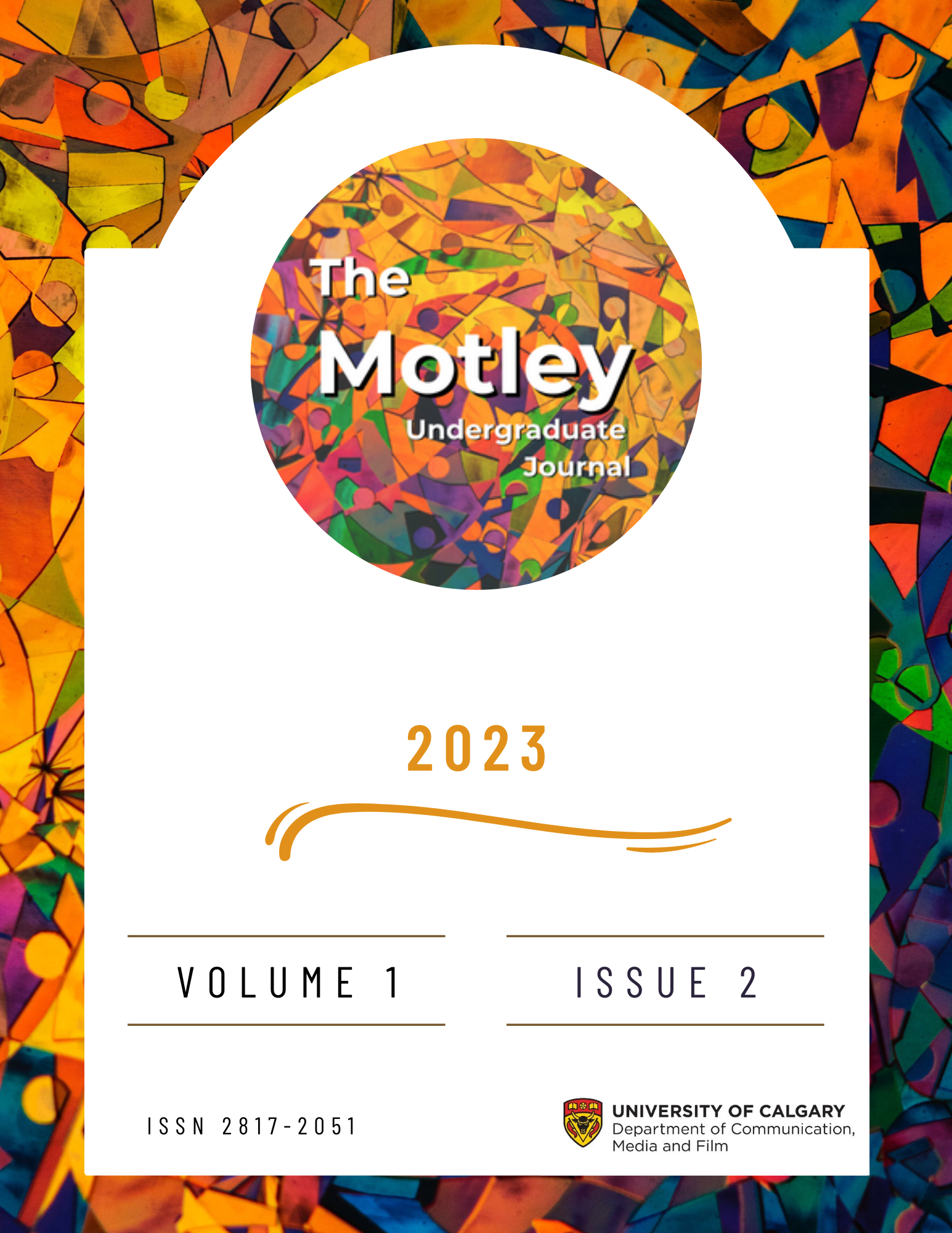The Algorithmic Bias of Social Media
DOI:
https://doi.org/10.55016/ojs/muj.v1i2.77457Keywords:
algorithm, Instagram, creators, political economy, participatory cultureAbstract
Social media apps like YouTube and Instagram came as platforms that allowed users to express themselves freely to their friends and families, but corporations changed social media down to its core. Due to the rising popularity of short video-based content on TikTok, platforms like Instagram introduced similar content to capitalize on the hype that TikTok created. In doing so, Instagram made changes to the content promotion algorithm to promote “Reels” over the other content options. Driven by profits the company stopped caring about their users, leading to backlash from the community. Creators on the platform started playing a visibility game (Cotter, 2019) to grow and be seen in user feeds, the “game” pushes them to make content they would not be making in the first place and following trends. In this paper I am looking at the case of a creator in the photography community affected by these changes in algorithm and analyzing the situation through a critical media theory framework. The study discusses the practices of the platform and the effects on the creator community while also looking at resistance from users. I also discuss a new potential alternative platform to Instagram for photographers, that markets itself as a platform built without an algorithm, for a community.
Downloads
References
Cotter, K. (2019). Playing the visibility game: How digital influencers and algorithms negotiate influence on Instagram. New Media and Society, 21(4), 895–913. https://doi.org/10.1177/1461444818815684
Cotter, K. (2021). “Shadowbanning is not a thing”: black box gaslighting and the power to independently know and credibly critique algorithms. Information Communication and Society. https://doi.org/10.1080/1369118X.2021.1994624
@flawedyetperfect. (2022, August) It’s great to see big creators like you talking about this publicly. Every time I express the same opinion, people [Comment on the video “the end of Instagram”]. Youtube. https://www.youtube.com/watch?v=-NoxCtW5MBE&ab_channel=PeterMcKinnon
Flew, T., & Smith, R. (2021). New media: An Introduction. Oxford University Press.
Horkheimermer, M., & Adorno, T. W. (2012). The Culture Industry: Enlightenment as Mass Deception. In Durham, M. G., & Kellner, D. (2nd ed.), Media and Cultural Studies: Keyworks. 53-75. Wiley-Blackwell.
Instagram [@instagram]. (2023, April 7). you are the main character, post what you want [Tweet]. Twitter. https://twitter.com/instagram/status/1644406325454213121?s=20
Jenkins, H. (2006, June 19). Welcome to Convergence Culture. Pop Junctions. Retrieved from http://henryjenkins.org/blog/2006/06/welcome_to_convergence_culture.html
Jenkins, H., Ito, M., & Boyd, D. (2015). Participatory culture in a networked era: A conversation on youth, learning. John Wiley & Sons.
Mosco, V. (2009). The Political Economy of Communication. SAGE.
McKinnon, P. [@petermckinnon]. (2021, November 18). Why hello there ☺️ Just posted a straight fire of a desk tour to the channel! Been having fun editing in [Photograph]. Instagram. https://www.instagram.com/p/CWbA2JyrFvr/
McKinnon, P. [Peter McKinnon]. (2022, August 18). the end of instagram [Video]. YouTube. https://www.youtube.com/watch?v=-NoxCtW5MBE&ab_channel=PeterMcKinnon
McKinnon, P. [@petermckinnon]. (2023, March 31). This photo means a lot to a lot of people and for good reason. In silhouette, is @kblock43 - The first [Photograph]. Instagram. https://www.instagram.com/p/CqdiBDgOCbx/
Southern, M. G. (2022, August 29). Instagram’s Main Feed Is Going Full Screen. Search Engine Journal.
Vero. (2023). Mission. https://vero.co/vero-mission
Downloads
Published
How to Cite
Issue
Section
License
Copyright (c) 2023 Daman Preet Singh

This work is licensed under a Creative Commons Attribution-ShareAlike 4.0 International License.
Copyright Policy
The Motley Undergraduate Journal is an Open Access article distributed under the terms of the Creative Commons Attribution 4.0 Share-Alike License. Under this license, users are free to share (copy, distribute and transmit) and remix (adapt) the contribution, including for commercial purposes, providing that the original work is properly cited. Under Creative Commons, authors retain copyright in their articles.
Author Self Archiving Policy
Authors are permitted to post their work online in institutional/disciplinary repositories or on their own websites. Pre-print versions posted online should include a citation and link to the final published version in The Motley Undergraduate Journal as soon as the issue is available; post-print versions (including the final publisher's PDF) should include a citation and link to the journal's website.

